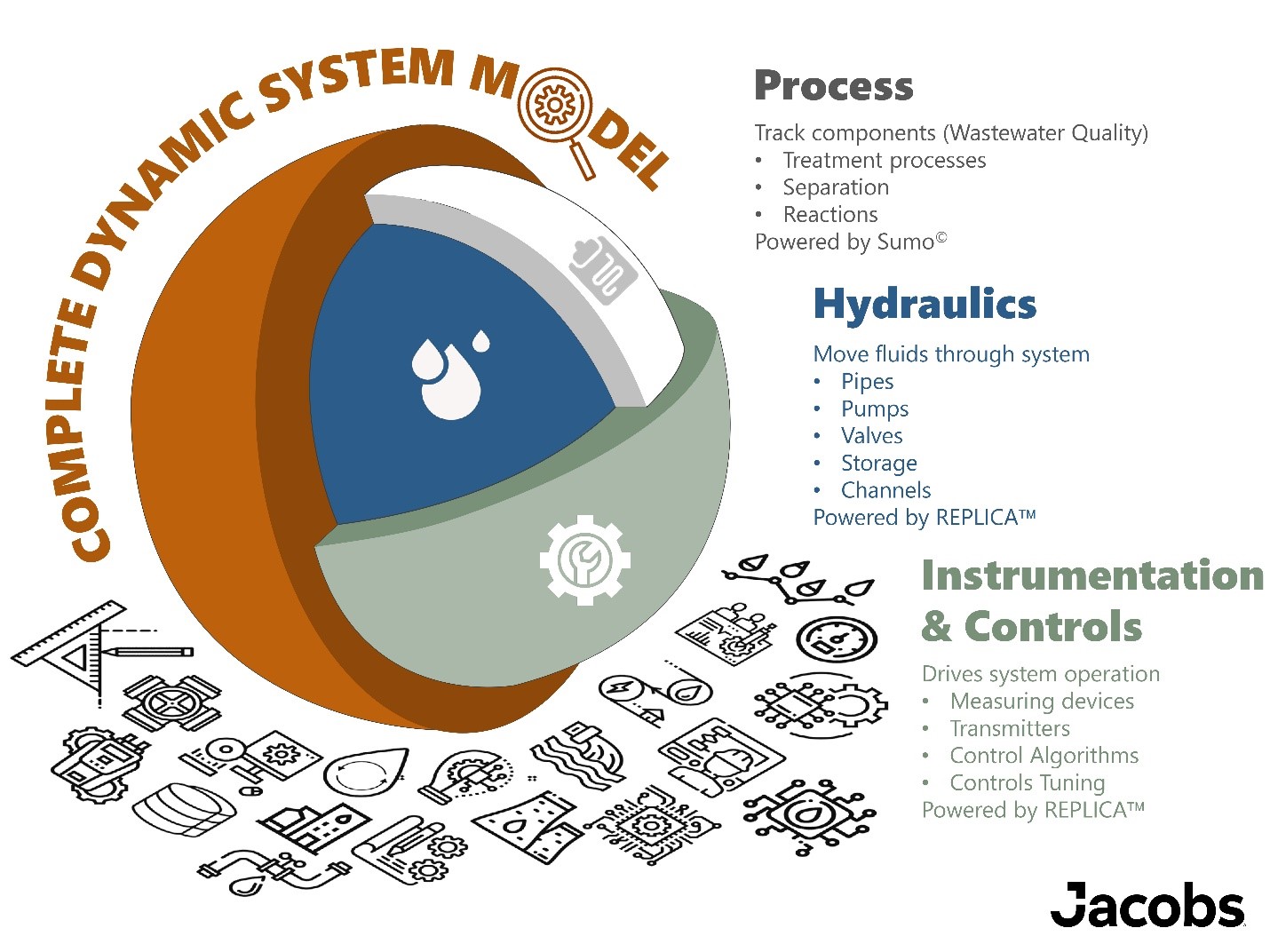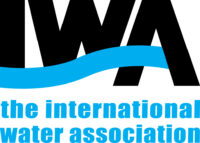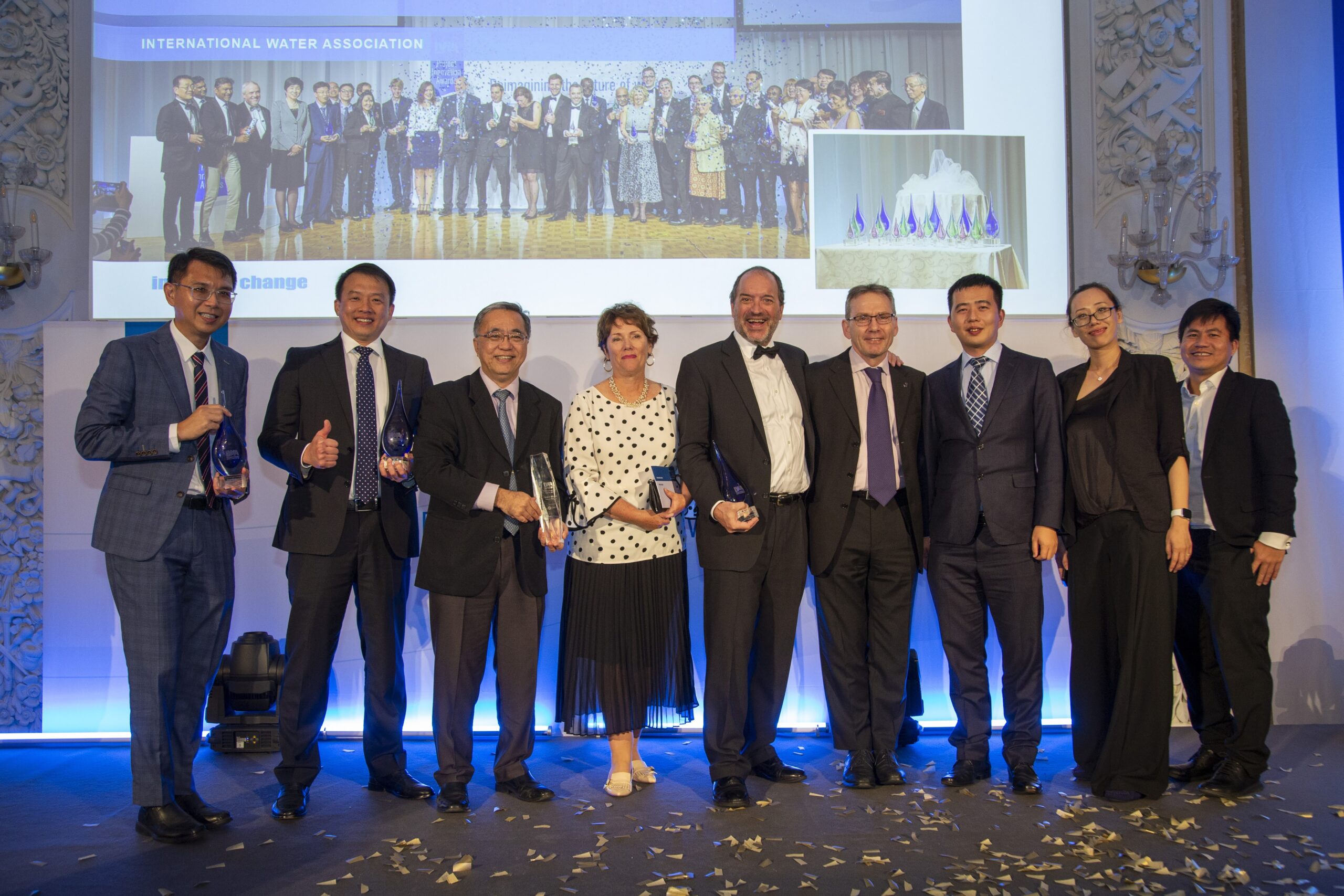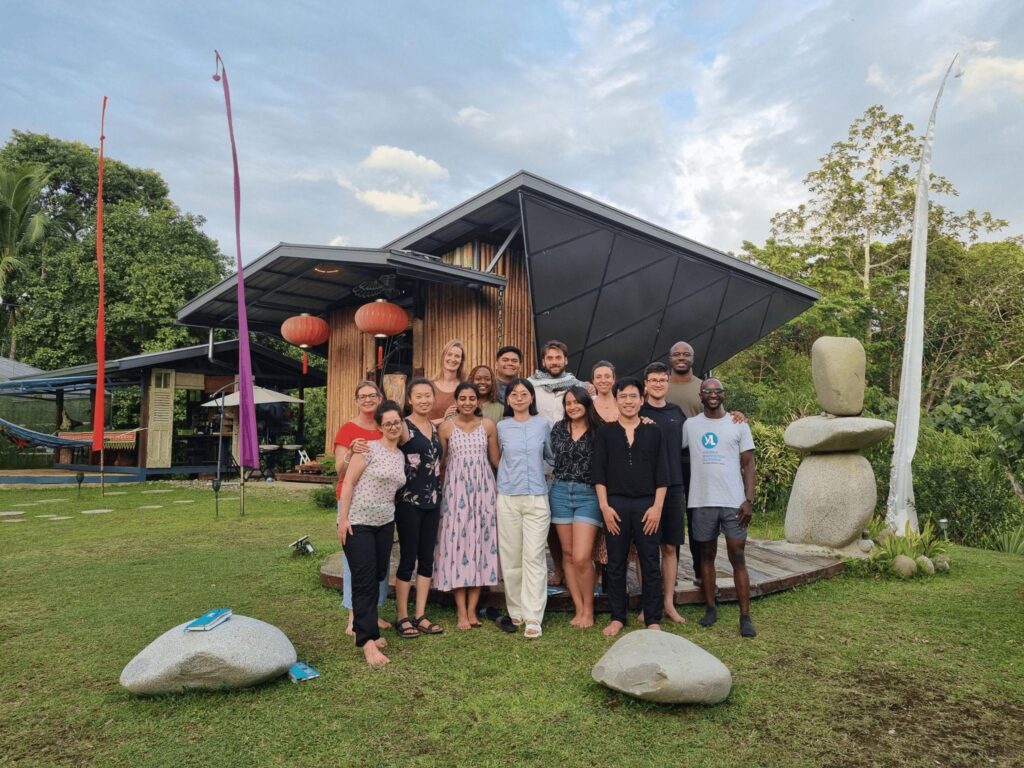The application of Digital Twins in the global water industry is a hot topic and I’m encouraged that the benefits of these innovative tools are being more widely recognized – whether its optimizing operational performance or facilitating knowledge transfer in an aging workforce. The industry is beginning to realize how the active use of digital twins delivers much more value from the existing plant data for both operations and management.
What can we learn from an industry-first Digital Twin?
The application of Digital Twins in the global water industry is a hot topic and I’m encouraged that the benefits of these innovative tools are being more widely recognized – whether its optimizing operational performance or facilitating knowledge transfer in an aging workforce. The industry is beginning to realize how the active use of digital twins delivers much more value from the existing plant data for both operations and management.
I was fortunate to work on the industry’s first ever Digital Twin of an entire used water treatment plant when Jacobs partnered with PUB, Singapore’s National Water Agency, to develop a whole plant simulation model for the Changi Water Reclamation Plant (WRP). While there was industry interest in the real-time control of operational systems and processes at water and wastewater treatment plants, there had previously been no simulation models covering all operational aspects of treatment.
Our pioneering work with PUB on the Changi Digital Twin was be recognised with a Project Innovation Award at the World Water Congress in Copenhagen, and I wanted to take that opportunity to review the benefits of the project – and demonstrate why it should be replicated elsewhere.
The integrated model we developed for the Changi WRP combines laboratory and automated real-time data input from supervisory control and data acquisition (SCADA) systems with software simulation packages (Replica™ and Sumo™) to integrate hydraulics, process, controls, and data analytics into a single platform. The resulting Digital Twin is capable of replicating plant operations and predicting future performance in real-time.
 The aim of the project is to provide PUB and plant users with the ability to explore and simulate various operational conditions using a dynamic simulation model to enhance water quality, conduct scenario planning, and improve operator training.
The aim of the project is to provide PUB and plant users with the ability to explore and simulate various operational conditions using a dynamic simulation model to enhance water quality, conduct scenario planning, and improve operator training.
The model’s predictive modelling capability also forewarns operators of potential process deviations at hourly intervals at up to five days into the future, providing greater assurance that the final water product is of consistently high quality. In addition, the model continuously adjusts its calibration within defined ranges to match the plant’s observed performance via machine learning. This keeps the simulations relevant to real operations without requiring continual intervention from staff.
Since the digital twin can be run independently of the actual system, it could serve as a platform for operator training, with automated customizable scenarios that facilitate knowledge transfer to new staff. With Singapore and PUB expecting an increasingly ageing workforce in the future, there is a need to capture domain expertise in wastewater treatment and plant operations as well as institutional knowledge. A tool built to replicate the actual controls and hydraulics in a safe environment, and the ability to predict possible outcomes that are based on the actual science of physical, chemical, and biological reactions, is essential in achieving this goal.
The Changi WRP Digital Twin represents an important milestone for the global water industry – particularly as it was applied to the entirety of one of the largest and most sophisticated water reclamation plants in the world. Used water treatment plants are more complicated to operate and simulate as biological processes are more sensitive to variations in influent used water quality and a process upset typically takes many days to recover. A Digital Twin, however, facilitates improved insight and optimization at facilities with reduced risk of upsets – making it easier for plant operators to ensure operational excellence.
Mr Yong Wei Hin, PUB’s Director of the WRP Department, shared his thoughts on the Changi Digital Twin being recognised with a Project Innovation Award:
“Like many utilities, Singapore faces the challenge of increasing water demand and the impacts of climate change on our water resources, such as more intense rainfall and longer dry spells. We adapt by embracing digitalisation and adopting new technologies that can optimise our operational capabilities and enhance resilience,” Mr Yong said. “The digital twin at the Changi Water Reclamation Plant is one such initiative. It is a plant simulation model with predictive capabilities that can be used to test operational changes, improve operator training and more. We are grateful for this award, which will spur us to continue tapping on smart technologies, as PUB strives to become a Smart Utility of the Future.”
As the digital transformation of the global water industry accelerates, I expect to see more water and wastewater utilities turn to Digital Twins – and I hope that our application at the Changi WRP serves as a foundational blueprint.





